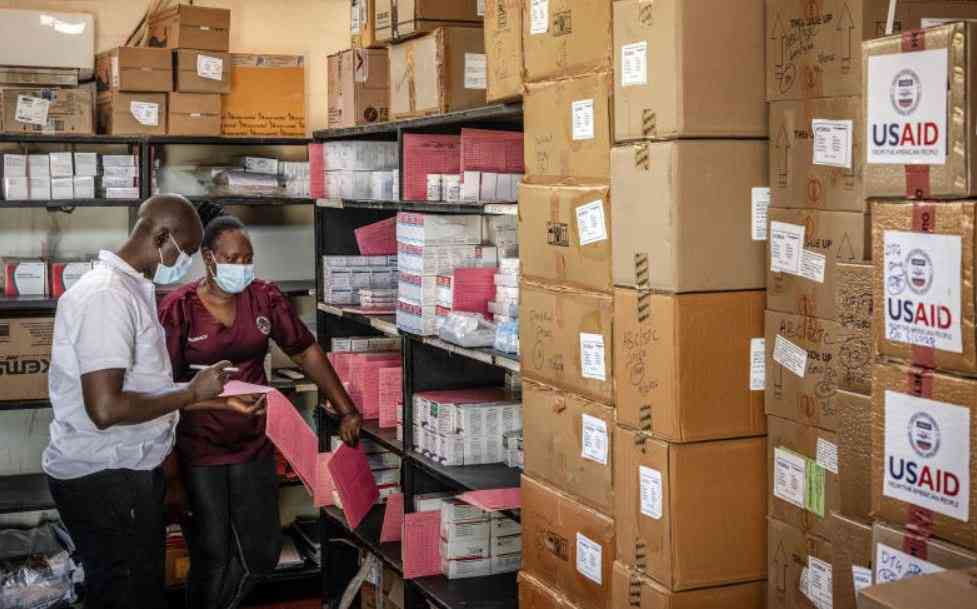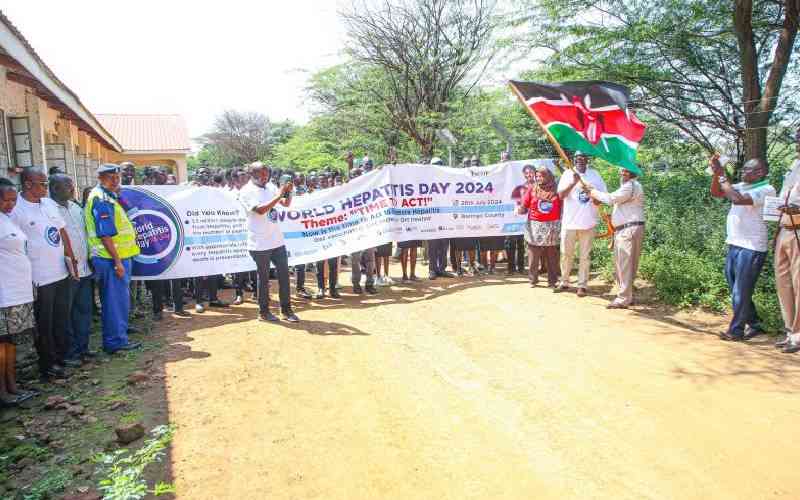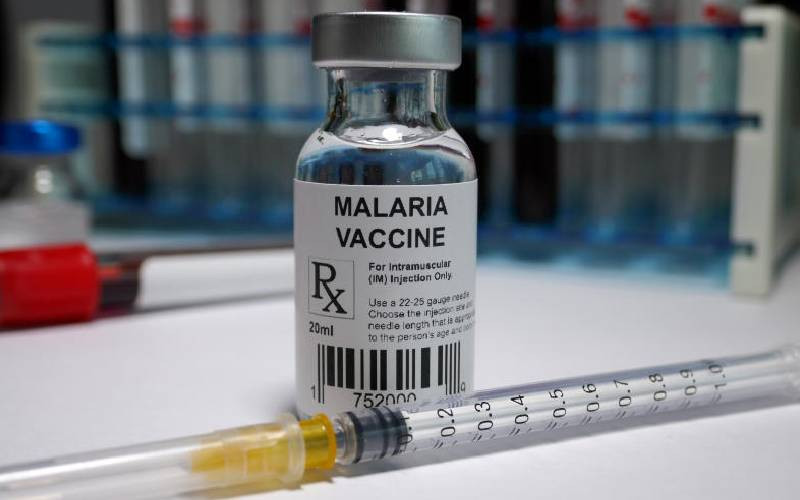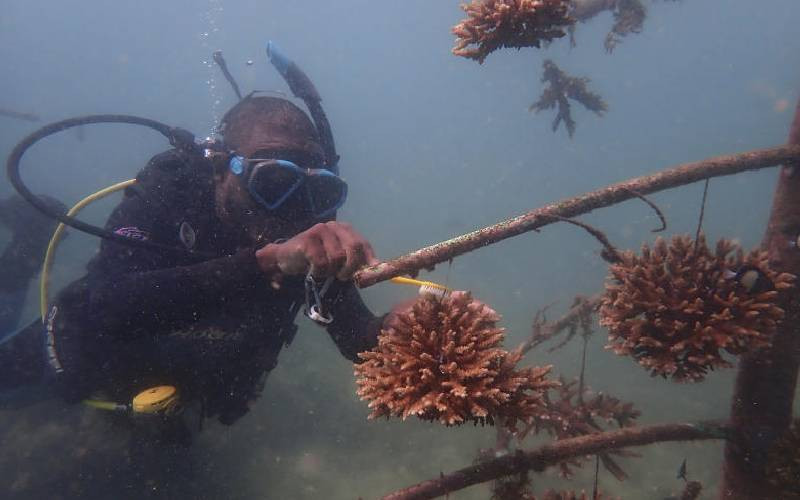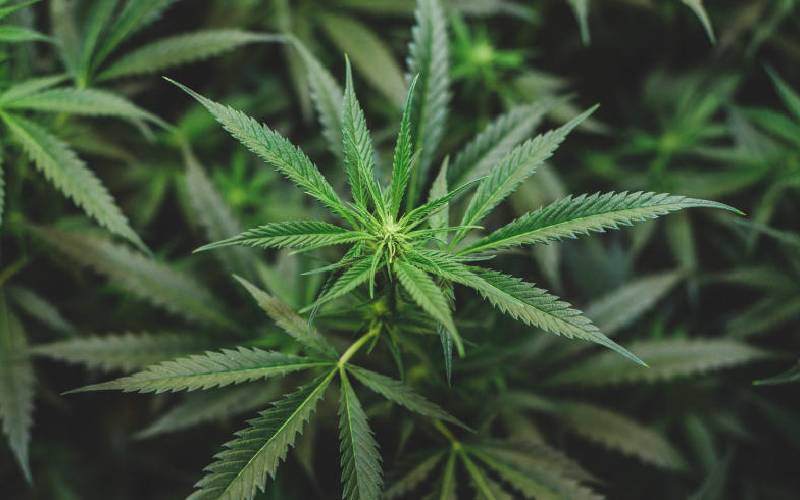
Singapore was the first country in the world to greenlight the sale of lab-grown meat, but even after nearly 2 years, the fledgling industry is still struggling with supply issues and hurdles such as public acceptance, experts say.
Lab-grown or cultivated meat is meat grown in a lab by extracting cells from animals and growing the muscles to eventually have the texture, nutrition and taste of meat from real-life animals.
The product has long been touted as a potential solution to multiple issues, including burgeoning food insecurity brought by human-caused climate change, degrading soil and biodiversity, and a way to reduce greenhouse gas emissions from livestock.
Southeast Asia is at the forefront of the impact of climate change impacts, with recent heatwaves sweeping across the region and food security has become a priority in the region's agenda. In land-scarce Singapore, the issue is even more acute where its citizens import 90% of the food they consume.
Turning to more sustainable meat is one of the city-state's food strategies. Its so-called "30 by 30" goal aims to produce 30% of Singapore's nutritional needs locally by 2030, and Covid-19's impacts on food exports was another wake-up call for the country. Chicken rice is Singapore's de-facto national dish, but its neighbor, Malaysia, banned its exports of chicken to Singapore last year due to a global feed shortage.
"We [Singapore] had to scramble to try and find chicken supplies from other countries," Andre Huber, executive director of Huber's Butchery and Bistro, the only restaurant in Singapore that serves cultivated chicken dishes, told VOA News.
"I think the government's decision to try and grow some of our own produce ... we don't have land or animals roaming around. I think this [lab-grown chicken] can be grown in high rise buildings."

Singapore gave its green light to the sale of lab-grown chicken in December 2020 but so far, the product from U.S. cultivated meat provider GOOD Meat is only available in Huber's and remains in limited supply.
- Antibiotic epidemic: How meat is making our medicines useless
- State issues alert over uninspected meat during festive season
- Why red meat is not that bad after all
Keep Reading
Asked why the supply of cultivated chicken remains limited after over two years of gaining approval, Jun Chong, GOOD Meat's associate product developer said money has been an issue.
"It was after two years when we have enough fundings and investment of money, and then we started to build our own facility," Chong said. "It's slowly getting into place."
The new facility Chong mentioned is set to become the largest cultivated meat production center in Asia when it opens later this year in Singapore's Bedok town and will provide "tens of thousands of pounds of meat from cells," according to a statement from GOOD Meat.
In addition to infrastructure, another controversy connected to cultivated meat is the use of fetal bovine serum, which is often made from killing cows when they are pregnant. A recent study showed that over 2 million bovine fetuses are used globally to produce around 800,000 liters of such serum, sparking ethical debates in the industry. The use of such serum also goes against the feature of lab-grown meat being slaughter-free.
Chong said GOOD Meat has just gained approval to use a new plant-based serum that will be able to replace the fetus bovine serum. He added that the firm will start using the new serum to grow the muscles of chicken meat after the Bedok facility starts operating.
Meanwhile, Alfredo Franco-Obregon, associate professor at the National University of Singapore, found a way to grow cell-based meat with a magnet that can potentially replace fetus bovine serum.
"We found that we are just as good as fetal bovine serum in sustaining muscle growth, which makes sense because these [meat] factors are coming from muscles, either from a fetus or in a dish," he told VOA News in a video interview.
The muscle growth expert said if lab-grown meat can be scaled up, the inhumane livestock farms can hopefully be wiped out.
"You have to keep the animal alive for two years [before it's ready to be made into meat], and it would be good if you could do it in a way that's humane, but a lot of these systems aren't very humane."

Franco-Obregon added that while lab-grown meat cannot completely replace real meat, "there's a way of improving ... the livestock industry. It's more efficient, less greenhouse emissions, higher productivity and cell-based meat will be a supplement. ... We are going to run out of food. That's the honest truth. And like it or not, we're going to have to find alternatives, otherwise people will start to starve."
Huang Dejian, deputy head of NUS' Department of Food Science and Technology, echoed Franco-Obrego's view. Huang pioneered extraction of plant-based cells to develop edible 3D-printed scaffolds to replace the current plastic scaffolds used in the production process.
"In a decade or two ... maybe 50% of all the meat we found in our market is hybrid meat [lab-grown meat with animal cells and plant-based cells]," Huang told VOA.
Asked if lab-grown meat with many tech-heavy processes might involve more greenhouse gas emissions than traditional meat from livestock farms - as suggested by a preprint study at the University of California, Davis - Huang said, "I feel it's unfair to calculate, you know, the footprint because it [the product] is too early. If you take advantage of technology to a level and the cost of production is lowered, it might also reduce the energy input and efficiency."
Consumer acceptance of lab-grown meat could be a bigger challenge for the industry, he added, but he remained optimistic about the future of cultivated meat.
"A lot of the groundwork has already been laid. And we can see, I think in the next five years or so, people may be able to have a chance to taste [lab-grown meat]. The future to me is quite bright."
 The Standard Group Plc is a multi-media organization with investments in media
platforms spanning newspaper print
operations, television, radio broadcasting, digital and online services. The
Standard Group is recognized as a
leading multi-media house in Kenya with a key influence in matters of national
and international interest.
The Standard Group Plc is a multi-media organization with investments in media
platforms spanning newspaper print
operations, television, radio broadcasting, digital and online services. The
Standard Group is recognized as a
leading multi-media house in Kenya with a key influence in matters of national
and international interest.


